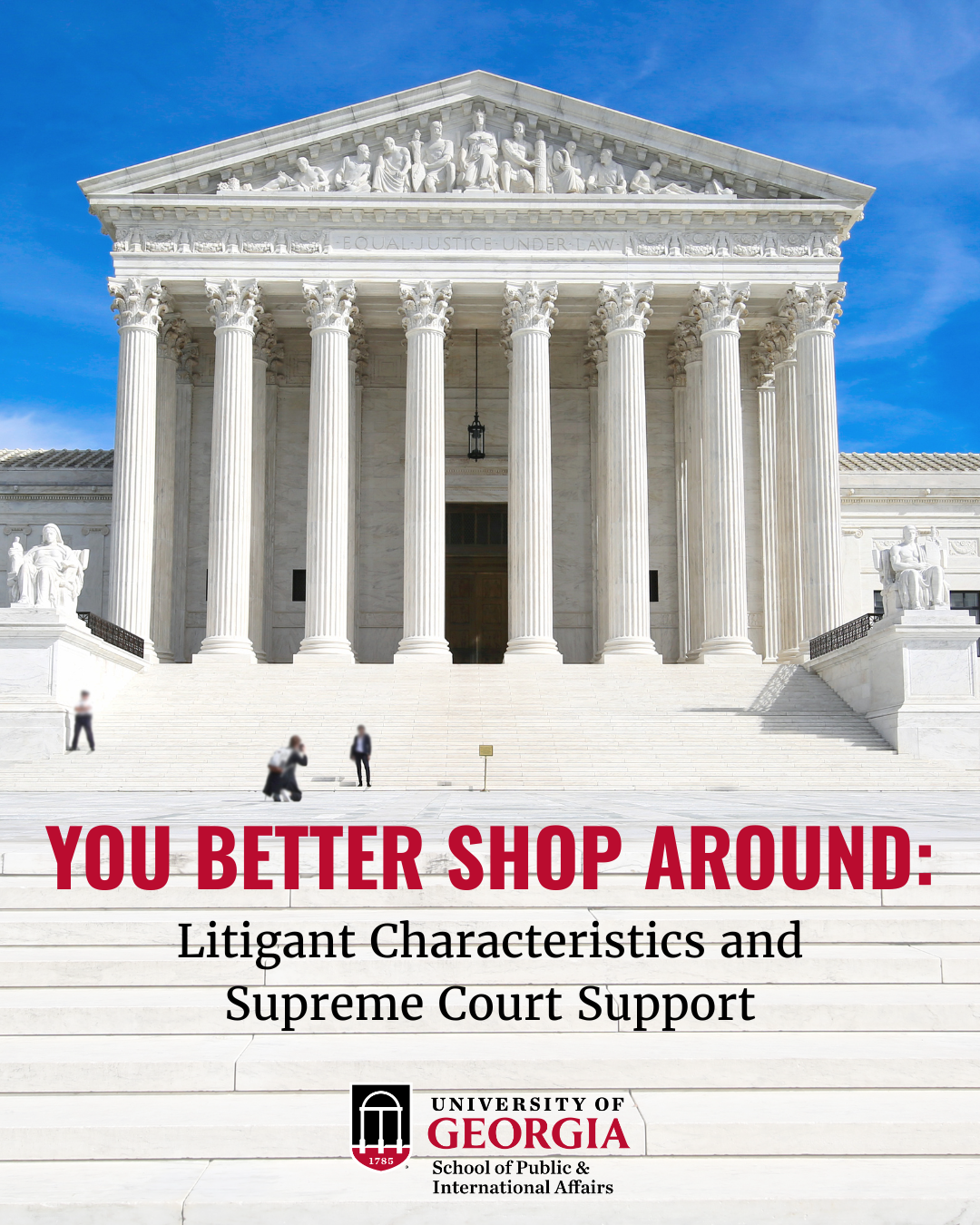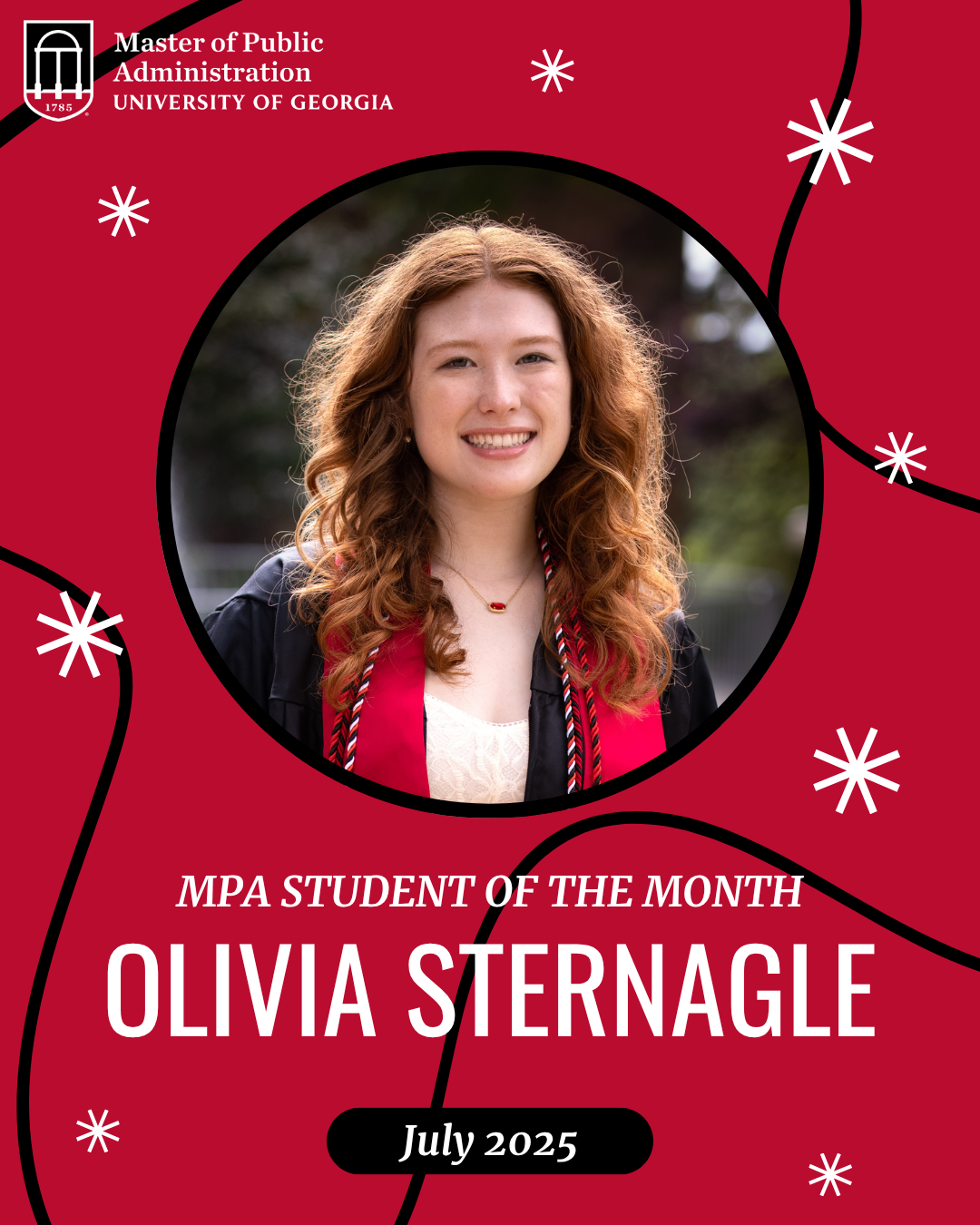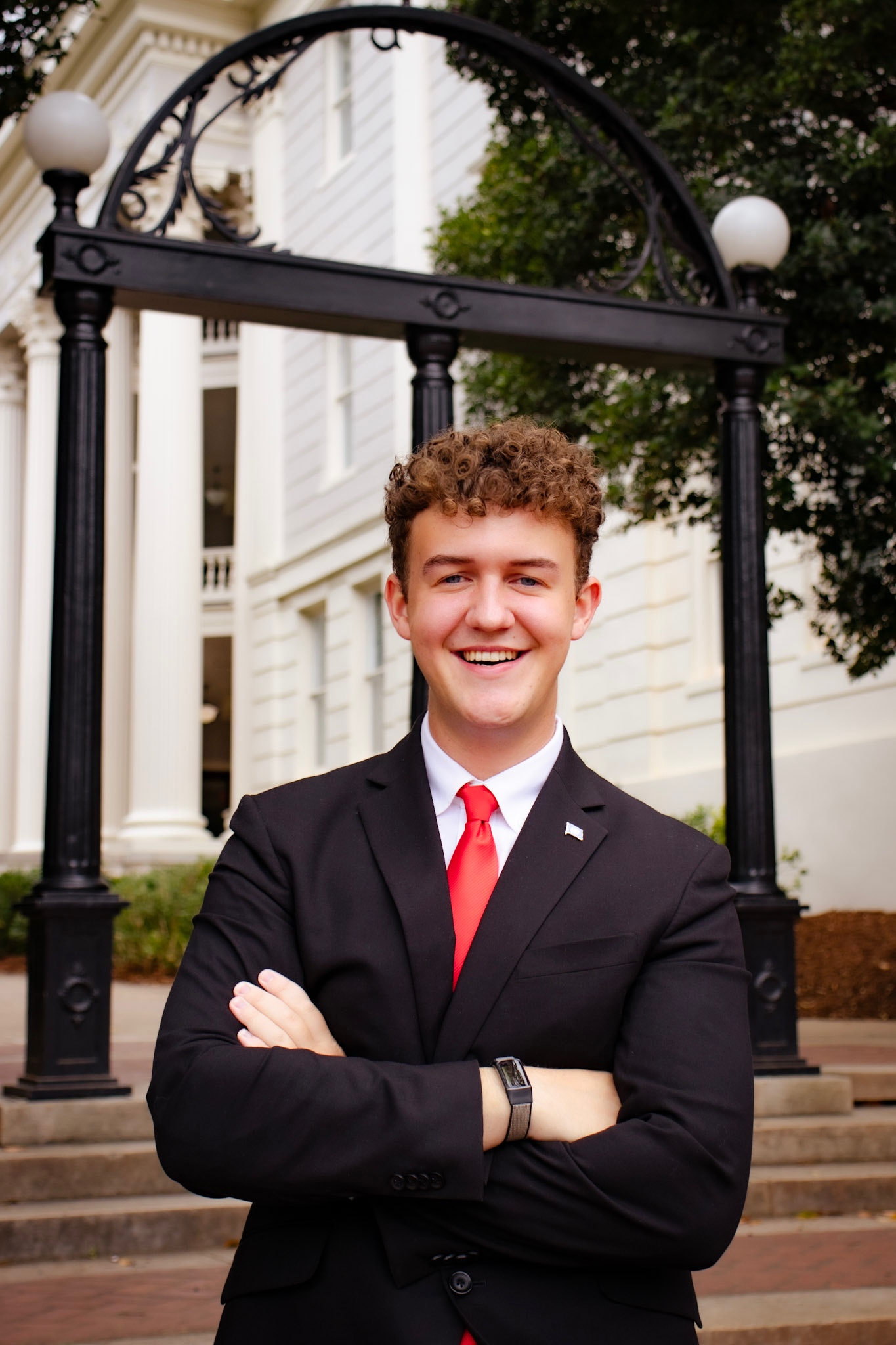
Matthew R. Auer, Dean and Arch Professor of Public and International Affairs was recently interviewed on the current issue of wildfires. See his Q&A session below. For the full article, click here.
What preventative steps can homeowners take to reduce the risk of wildfires to their homes?
“Protecting a home from wildfire requires attention to the built structure and also to the landscaped area around the home. Embers — burning bits of airborne bark, wood, and leaves — can be carried downwind hundreds or even thousands of meters ahead of a major fire.
Removing leaf litter and pine needles from roofs is an important fire prevention measure. Embers are particularly dangerous when they burrow into nooks and notches of homes, like eaves and soffit vents.
You can prevent fires by installing a 1/8-inch metal mesh screening around eaves, attic vents, and between the bottom edge of a porch or deck and the ground. Leaves and debris should be regularly removed from metal gutters and downspouts.
Dual-paned, tempered glass is shatter-resistant and should be combined with non-combustible window treatments and shutters for windows and sliding glass doors. Dead tree branches that hang over the roof should be removed, and ideally, the dripline of any tree (the outer edge of the tree crown) should be no closer than five feet from the foundation of the house. Same for shrubs.
Near the home, vegetation should be confined to small clusters with 18 feet of space between each cluster. To reduce the risk of a spot fire or ground fire reaching the canopy of tall trees, prune lower branches up to ten feet from the ground.”
What kind of topography and climate are the worst places to live for wildfires?
“The wildland-urban-interface or WUI — areas that combine human-altered landscapes and wildland fuel — are prime territory for erratic wildfire. The risks are considerably heightened when WUIs are located in dry and drought-prone areas and in regions with long spells of weather featuring relatively low humidity.
Steeply sloped topography is a wildfire factor as sloping terrain transports high winds, and fire generally travels faster uphill than downhill or on flat ground. Other variables to consider are the ability of firefighting hand crews and fire trucks to navigate terrain, and in some contexts, to gain access to pumped water in the vicinity of the fire.”
What safety plan should you have in place in case of a wildfire in your area?
“Safety and evacuation plans require household members to collectively decide on a safe, off-site meeting location, to identify multiple escape routes from a home or neighborhood, and to identify an off-site family member or friend who can serve as the singular point of contact for all household members.
Emergency supply kits are must-haves in any household wildfire safety plan. These kits should contain, at a minimum, face coverings, flashlights, a first aid kit, a few days of non-perishable food, ample amounts of drinking water, prescription medications, and essential personal papers (e.g., social security cards or passports).”
What safety plan should you have in place in case of a wildfire in your area?
“In the event of nonrenewal or cancellation of a homeowners policy, homeowners should reach out to a local, licensed insurance agent or broker to seek alternatives. Finding replacement coverage on one’s own is daunting, and there is a risk of failing to secure the best option.
Skilled agents and brokers can compare and contrast alternative policy coverages, endorsements, and premiums. They can also advise homeowners on whether a carrier has a reputation for insisting on remedial measures to the home before issuing a policy.
There is also ‘last resort’ or high-risk insurance for when commercial carriers will not offer standard insurance.
High-risk insurance is typically obtained through state-mandated FAIR plans. Often, these plans do not cover all liabilities related to wildfires. Premium rates are comparatively high, and the duration of coverage may be limited.
FAIR plans may also call for the homeowner to take remedial measures as a condition for issuing the policy.”
—
Matthew R. Auer is Dean of the School of Public and International Affairs and Arch Professor of Public and International Affairs at the University of Georgia. His research focuses on the politics of decision-making in the arenas of environmental protection, energy policy, and forest policy. His recent research considers social media as a space for influencing users’ perspectives of environmental risks. Dean Auer received his PhD from Yale University in Forestry and Environmental Studies, an Master of Science from Yale University in Forestry and Environmental Studies, a Master of Arts in Law and Diplomacy (MALD) from Tufts University Fletcher School of Law and Diplomacy, and a Bachelor of Arts from Harvard University in Anthropology.









